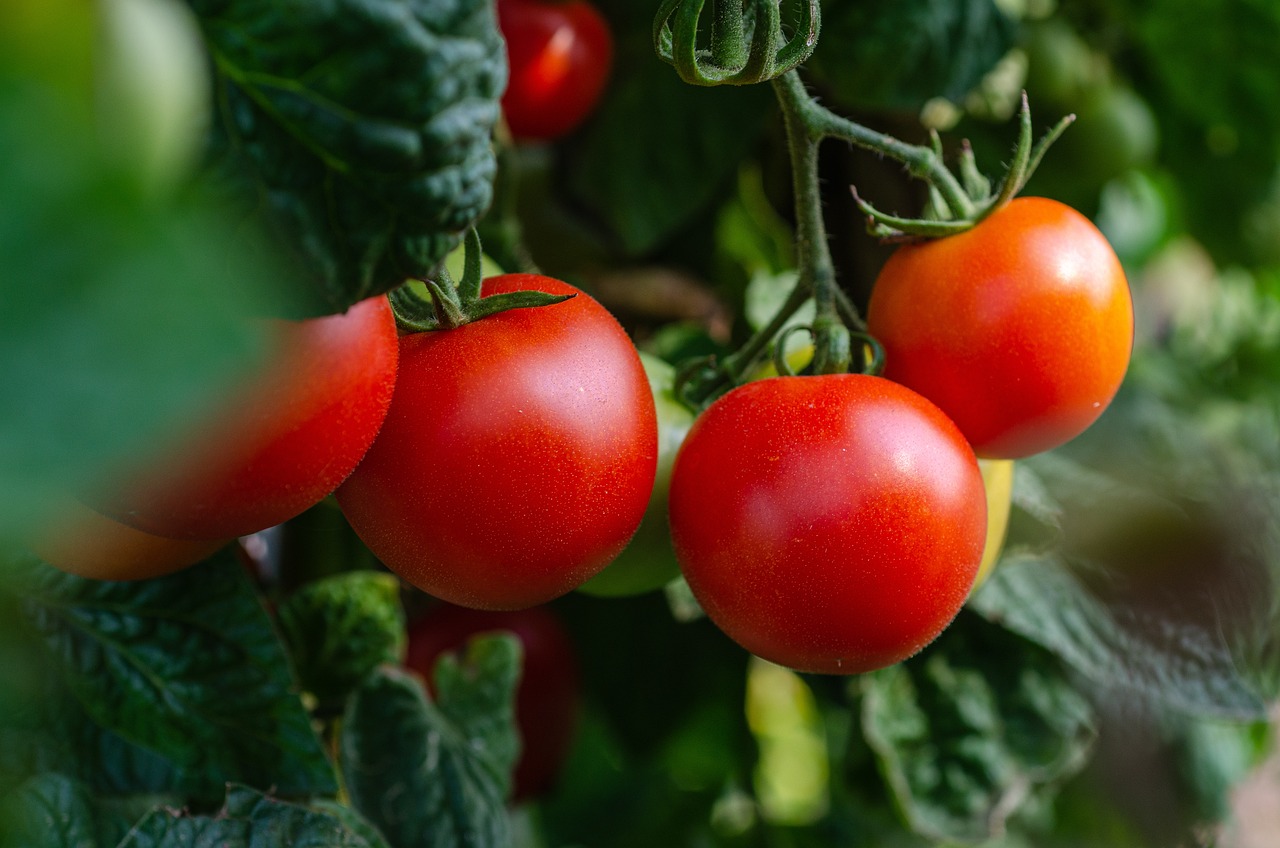
As gardeners across our beautiful state revel in the joy of freshly grown produce, one crucial aspect remains paramount: knowing when to plant vegetables in Maryland to maximize yields. In this captivating exploration, we delve into the secrets of Mother Nature’s calendar, revealing the ideal moments to sow seeds and transplant seedlings for an abundant harvest.
Table of Contents
Why Time Matters
The timing of your vegetable planting can make all the difference between a bumper crop and a disappointingly sparse yield. Each variety has its own preferred growing conditions, and by understanding these preferences, you can ensure that your plants thrive from their earliest days.
Creating Your Personalized Calendar
To create a personalized planting schedule tailored to your specific location within Maryland, consider the following factors:
Unveiling Your Hardiness Zone
Think of hardiness zones as nature’s address tags, revealing which plants are best suited to your region’s winter chill. The USDA Hardiness Map acts as your guide, dividing Maryland into several zones (typically 5B to 8B). Knowing your zone helps you avoid planting delicate frost-sensitive crops too early or setting yourself up for disappointment with varieties needing a harsher winter than yours can offer.
Heeding the Last Frost’s Call
The last frost date marks the official end of winter’s icy grip, signaling the safe introduction of tender seedlings. Don’t be fooled by calendar dates alone! Websites like Almanac.com provide location-specific last frost information, ensuring your precious vegetables aren’t caught off guard by a surprise freeze.
Embracing the Symphony of Seasons
Maryland’s seasons aren’t just calendar entries; they’re vibrant melodies with distinct tempos. Understanding your season length allows you to harmonize with nature’s rhythm. Knowing how long spring lingers or how quickly fall descends helps you plan for fall plantings that mature before the first frost, or extend your summer harvest by choosing early-maturing varieties.
Microclimates: Your Garden’s Hidden Gems
Don’t underestimate the power of microclimates within your own garden! A south-facing slope basking in afternoon sun might be ready for tomatoes earlier than a shady corner nestled beneath towering trees. Pay attention to these subtle temperature and sunlight variations, tailoring your planting schedule accordingly.
When To Plant Vegetables in Maryland
Spring Symphony: Awakening the Garden from Slumber
As the last frost whispers goodbye and the earth thaws its winter coat, a chorus of possibilities awakens in the garden. This is prime time for cool-season crops that thrive in the gentle embrace of spring.
- Salad Sensation: Plant lettuce, spinach, kale, and radishes as early as 4-6 weeks before the last frost for tender greens to grace your table.
- Brassica Bonanza: Sow broccoli, cauliflower, and cabbage 6-8 weeks before the last frost for sturdy heads bursting with vitamins.
- Pea-r Perfection: Don’t forget peas! These nitrogen-fixing wonders can be planted as soon as the soil can be worked, enriching your garden while providing sweet, fresh pods.
Pro Tip: Utilize cold frames or mini greenhouses to extend the season for these early birds.
Summer Sizzle: Embracing the Sun’s Warmth
As the days lengthen and temperatures rise, Maryland transforms into a sun-drenched haven for warm-season crops. This is where the magic truly unfolds, with vibrant colors and explosive flavors painting your garden.
- Tomato Tango: Wait until all danger of frost has passed before transplanting these heat-loving beauties. Early-season varieties like ‘Celebrity’ or ‘Early Girl’ offer a head start, while cherry tomatoes like ‘Sungold’ provide bursts of sweetness throughout the summer.
- Pepper Parade: Bell peppers, jalapeños, and chili peppers thrive in the summer sun. Sow seeds indoors 6-8 weeks before transplanting or buy seedlings when the soil warms.
- Cucurbit Carnival: From zucchini and cucumbers to melons and pumpkins, this diverse family loves the warmth. Plant seeds directly in the garden after the last frost, ensuring plenty of space for their sprawling vines.
Pro Tip: Mulch generously around your plants to retain moisture and suppress weeds during the hot summer months.
Autumnal Abundance: Extending the Harvest’s Reach
Don’t let the cooling temperatures fool you! Fall presents a second chance to sow and reap in Maryland. Embrace cool-season crops once again for a vibrant autumn harvest.
- Leafy Legacy: Plant lettuce, spinach, and kale for fall salads, ensuring they mature before the first frost.
- Root Renaissance: Beets, carrots, and turnips relish the cooler temperatures. Sow seeds directly in the garden 6-8 weeks before the first frost for a sweet and nutritious harvest.
- Brassica Encore: Broccoli, cauliflower, and cabbage can be planted for a late-season bounty. Choose cold-resistant varieties and protect them with row covers if frost threatens.
Pro Tip: Plant cover crops like rye or clover after your fall harvest to enrich the soil and suppress weeds over winter.
Unveiling Nature’s Clues For Planting
While planting dates are essential, Mother Nature also throws in her curveballs. Here are some additional tips to ensure perfect timing:
- Listen to the Soil: The soil temperature is a more reliable indicator than air temperature for some crops. Tomatoes, for example, prefer soil temps above 60°F.
- Heed the Frost Warnings: Keep an eye on frost advisories and protect tender seedlings with cloches or frost blankets.
- Embrace Trial and Error: Different microclimates within your garden might have slightly different planting windows. Experiment and observe what works best in your unique space.
